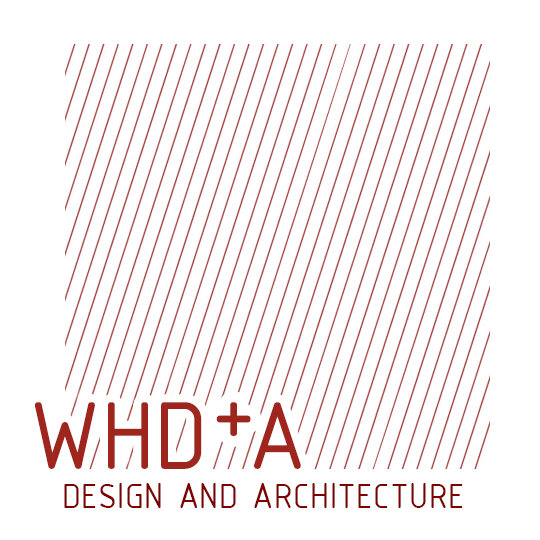The pro's and con's of monetary allowances
When receiving offers from builders (see Architectural Phase 5 - Contractor Selection), we occasionally recieve monetary allowances for works that are required. These are known as Provisional Sums or Prime Cost Sums.
Reasons for this may include…
- The design team ran out of time in preparing the Construction Documentation, so have asked the tenderer’s to make a monetary allowance for these works not entirely defined (landscaping works is a common example in this case), or…
- There may not be enough information on the Construction Documentation for the builder to accurately price for certain trade sections, so they have provided an allowance instead
With the former, the design team is looking to buy time without unduly delaying the project. With the later, the tenderer is looking to shift part of the risk to do with the actual cost of trades onto the client.
In our office we view any monetary allowance as presenting considerable risk in cost overruns - for example, if there is a monetary allowance and the builder spends only part of the allowance, the client would keep the balance. However, if the actual cost incurred for the works by the builder is more than the allowance, then they would be entitled to any additional cost with addititional profit.
We try our best to negotiate away the need for monetary allowances for this reason either by having very clear (and complete) Construction Documentation, or through clarifying the desired level of quality / scope required for works before the client and builder sign a contract.
Otherwise, monetary allowances needed to be treated with respect, and anyone receiving large monetary allowances in any tenders received should be aware of the potential risk they face.
Redmond Hamlett is a Director (Project Architect) with WHDA. You can get in touch with him on 03 7020 5784.
